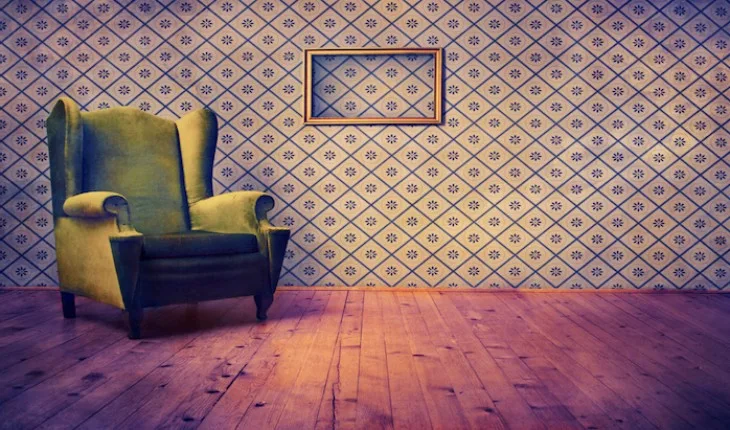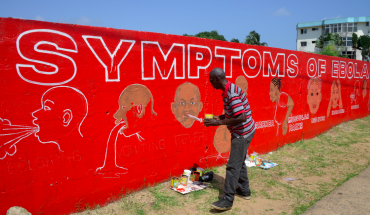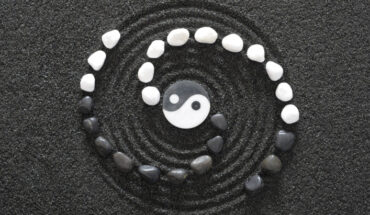I became a doctor influenced by my late father, a single-handed general practitioner. He, like many doctors in the 1960’s came as a foreigner to work in the newly formed, but already struggling NHS. His practice was our home – our living room by evening became the patient’s waiting room by day, our dining room doubling as his consulting room. My earliest memories were of peering over the upstairs balcony – seeing strangers and having to tip toe around, told never to make a noise. Patients entered my personal space on a daily basis and in the process I, separated from them as ‘the doctor’s daughter’.
Later my father would take me on home visits something that I imagine today would transgress some health and safety rule and all our conversations were centred around medicine.
I gradually become sensitised to what would become my group of ‘belonging’ – the one that I would identify with, that is medicine. Of course I became a doctor, a general practitioner, and have lived and worked in the same community for over 30 years – fulfilling my destiny dating back to antiquity.
I now lead a confidential service for mentally ill doctors, established after the suicide of a young psychiatrist, who before she set fire to herself, killed her three-month old baby. The service is now in its 9th year and has seen over two and half thousand patients[1]. Over the years I have tried to make sense, why doctors care-less for themselves than their patients, instead suffer in silence or, in some cases, die by their own hand, rather than seek the help they so readily proscribe.
Doctors and Mental Illness
There are many reasons why doctors find it so hard to access help.
Shame and stigma prevent doctors accepting that the emotional burden of their work might mean they need ‘time out’ or support.
Defences, such as depersonalisation and denial of feelings are necessary to work in close proximity to death, despair and disease. But if left unchecked can act as barriers to health-seeking behaviour, leading instead to doctors working harder rather than taking time off work. So to, are personality traits – common in good doctors, but if exaggerated can cause problems; such as denigration of vulnerability ‘I care for others more than I care for myself;’ narcissism: ‘I must be the best’; perfectionism: ‘I must do this right and mistakes are intolerable in me or others’ and compulsiveness: ‘I have to do this, and I can’t give up till I finish’. When doctors’ approach services, other patients (and indeed staff) treat them differently; even the New Testament admonishes sick doctors, ‘Physician, heal thyself’ (Luke 4:23). However, there are other more deep-rooted reasons that prevent doctors seeking help.
Doctors, Identity and the Medical Matrix
In 1948, Foulkes, developed Group Analysis and the concept of the ‘matrix’ to describe a complex, hypothetical web of communications, projections and relationships between patients in the therapy group situation. Whilst the matrix was originally conceived for the psychotherapy group, the concept of an unconscious network has since been expanded to explain communication outside the consulting room. Doctors inhabit their own special matrix, invisible connections, enmeshing them in a network created through the entanglement of two persona: core (personal) self and the trained (professional) identity – impossible to separate. Even before arriving at medical school, the embryonic doctor is embedded into a profession which (implicitly or explicitly) sees itself as ‘special’ reinforced by societies view of the wounded healer. Students learn, play, work, live and love together and through their vocation and long training they create a deep-rooted ‘medical self’, which incorporates the multi-person mind constructed across generations. As one doctor in my service said “The hospital almost replaces your family – it’s there you find yourself really, and spend most of your time. I came to see other doctors more like family members than colleagues!”
During training doctors become ‘bilingual’, learning a scientific ‘language’ of clinical terms and vocabulary. They develop ‘new’ senses, such as the medical gaze. Symbolically their ‘medical self’ is re-enforced through their doctors’ dress (the White coat) and most of all through their acquisition of a new name: “Doctor”. Doctors now spend most waking hours in the bounded space of their medical matrix, which defines and contains them through their work and which they are unable to leave behind at the consulting room or hospital door. For doctors, “being a medic is not just a job that you go to, but something you are.”
The Mentally Ill doctor
When unwell, doctors obscure their suffering behind a ‘mask’ of the medical self and paradoxically become more entrenched in their medical matrix and medical self. They throw themselves into work, take on extra hours, see more patients, akin to magical thinking or manic defence, ‘if I work harder, I cant be ill’.
It is hardly surprising that many presenting to my sick doctor service present very late, often after a crises at work, or after a drink drive offence or after a failed suicide attempt.
In the consulting room, practitioner-patients visible try to regain the control tending to ‘talk shop’ or underplay their symptoms. Literally and metaphorically it is hard for them to remove their medical white coat and replace it with the patient-gown.
Take this, an extract from a book called Doctors Dissected[1]. It involves a doctor about to donate a kidney to his wife who was dying of renal failure.
Well, I was determined not to behave like a patient and to take it all in my stride, but donating a kidney involves a lot of medicalisation…You have to go in overnight and they shave off your pubic hair, and it’s all quite frightening even for a 42 year old doctor [my bold] I was determined not to be one of those extra neurotic doctor patients, so I just looked interested and talked the doctors through the procedures.
Not only did this doctor deny his vulnerability but also coped with the trauma of losing a kidney and having a terminally ill wife by projecting his anxiety into his medical self in the hope of neutralising his fears.
So good are doctors at neither seeing their own distress or the distress in their own kind that sick doctors often describe the shock medical peers have when their (the sick doctor’s) condition is exposed. Colleagues perform retrospective trawls of their memory to clues of the practitioner-patient’s problems; clues that they would have picked up on in their non doctor patients, were it not for the community ‘medical self’ and the defensive mask that characterises the medical self.
Medicine unraveling
Doctors, such as me, are moving away from their idealised past of vocation undertaken by professionals; from the consulting room to the factory floor. Doctors are less confident of their role in society, and the ‘self’ constructed during medical school does not fit the reality of our modern industrialised world.
The anthropologist and group analyst Wilke, citing his experience running groups for traumatised general practitioners talks of ‘an organisational landscape characterised by pockets of isolated singletons and disconnected sub-groups – all traumatised and engaged in survival, mutual denigration, protectionism and primitive forms of projective identification in order to self-contain the powerful feelings of helplessness.”
A far cry from the idealised doctor located in their encapsulated, safe, containing medical matrix.
Doctors therapy groups and Belonging
An overwhelming theme permeating sick doctors’ is the need to belong and to know that they are not alone. Sick, suspended or unemployed doctors are more isolated than non-doctors as their professional and personal lives are so intertwined and are often excluded from the work place and from their peers. Practitioner Health Programme has been running groups for doctors (from therapy groups to support groups for suspended doctors). Doctor-only groups work, and in time could encourage more to take-up the patient role and have psychological treatment; to which doctors are remarkably successful at completing, once they have made this first, crucial, step of accepting their role as a patient and separating from their medical self. The vulnerability some feared in this unfamiliar setting is counteracted by the sense of safety that ‘we’re all in the same-boat’. Anchoring the group in one major dimension allows them to appreciate their ‘self’ in the safety of encounters with ‘sameness’ and over the course of the group life, the members grow psychologically through this experience and doctors can become patients as well as doctors.
[1] The Practitioner Health Programme www.php.nhs.uk (PHP)
[1] Add reference
[2] Haynes, J., Scurr, M. Doctors Dissected. Quartet 2015
- Beneath the White Coat - 2nd December 2020
- Coronavirus – Tips on coping with self isolation - 18th March 2020
- Medicine and Me – Your Mental Health - 12th March 2018







The only way I have been able to do anything about all this is by reconnecting with being a human being above all else, occasionally occupying a doctor’s chair, rather than getting into the doctor patient yo-yo pendulum swing Cartesian trap. Good luck getting out of there if you can!